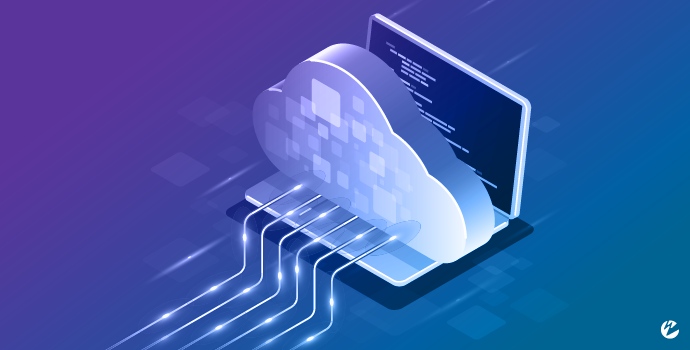The 3 Biggest Trends in Cloud Computing

From the edge to the core, cloud computing continues to grow in both relevance and sheer capabilities.
Let’s briefly explore three major trends in cloud computing, the first two of which occur closer to the core.
Encoding and Transcoding
I covered online transcoding in my last blog post, but it’s worth mentioning at the outset of this article as well because it’s one of the core trends in cloud computing.
For the most part, gone are the days where hybrid workflows were 70% on-premise and 30% in the cloud — basically designed to handle all transcoding at an on-premise facility with the cloud providing an occasional boost as necessary. They’ve since been replaced by cloud-centric transcoding workflows with the occasional fallback to an on-premise solution that may perform mundane, less time-sensitive portions of the workflow.
Multi-Cloud Solutions
An intentional shift has occurred in the past decade to using multiple content delivery networks (CDN) as a way to alleviate pressure points during live events. These pressure points may arise when too many users in a low-turnout-projected location actually tune in to watch the event in a location where one CDN may have less additional capacity.
The same was also true for seminal moments in the on-demand space. Thinking back about five years to the days when HBO would release an episode of Game of Thrones online at the same time it aired the original episode, those were moments when we, as an industry, sweated out the hour waiting to see if any given CDN would buckle under the weight of VOD playback requests.
Today, there’s a consistency to the multi-CDN approaches of almost all major online platforms, so we don’t sweat the release of an entire season of Stranger Things the way we did that single episode scenario from just a few years ago.

However, there’s an equivalent trend to watch for when it comes to cloud delivery: using multiple clouds to address delivery of micro services.
In this multi-cloud trend, though, it’s not quite as easy to fail over from one cloud to another; a recent panel I moderated had several panelists who had been affected by a large cloud service provider’s historic outage, but they rightly pointed out that each cloud service has its own unique application development quirks, making it difficult to reuse coding between cloud service platforms.
Watch this trend over the next 18 months or so. Any additional wide-scale cloud platform outages will inevitably force the distinct cloud providers to find a commonality in micro services delivery the same way that CDNs have shifted from competition to coopetition to address overall scaling of online video.
Edge Computing
When the team at Help Me Stream has run surveys for Wowza and others in the streaming industry, we find the definitions for edge computing to be fairly varied across key industry participants. This variation leads to confusion for their potential customers, which oftentimes is passed on to the end user.
At its core (no pun) the most consistent use of an edge-computing approach involves some level of computation that is better suited to occur closer to the end customer than to any centralized data center. This could be authentication for paid content (think transactional video-on-demand, TVOD, or even pay-per-view live events) or it could be for dynamic, addressable advertising that’s niche or regional in focus.
After all, if an ad is for a local hot dog street vendor in, say, Sheboygan, there’s no need to store that ad at the network data center in, say, Miami. It’s more efficient and often less costly to store the ad in a smaller, regional data center and serve it locally than it is to store it in a central location that may both cost more and take more time to deliver to a user in a far-off location.
In a recent StreamingMedia.com survey, we asked industry leaders to identify a bit more of their edge computing strategy, including a question around strategies for using centralized data centers versus smaller, regional data centers. Well over half stated their intent was to move edge computing services closer to the customer via these regional data centers.
Essentially, the biggest trends in cloud computing to look out for over the next year or so include a more pronounced shift to cloud-based transcoding, multi-cloud solutions similar to using multiple CDNS, and edge computing strategies will become more local than centralized.




